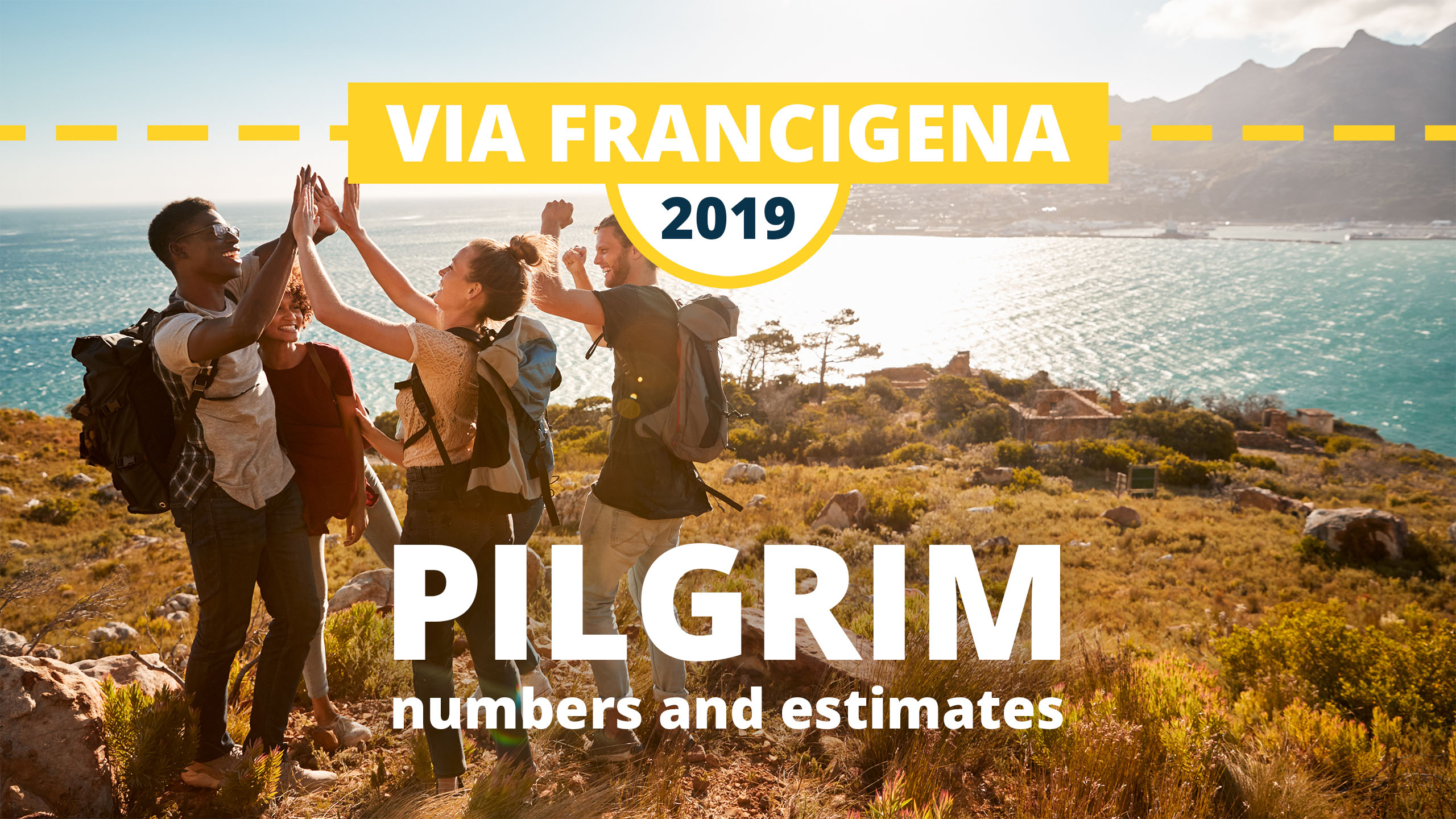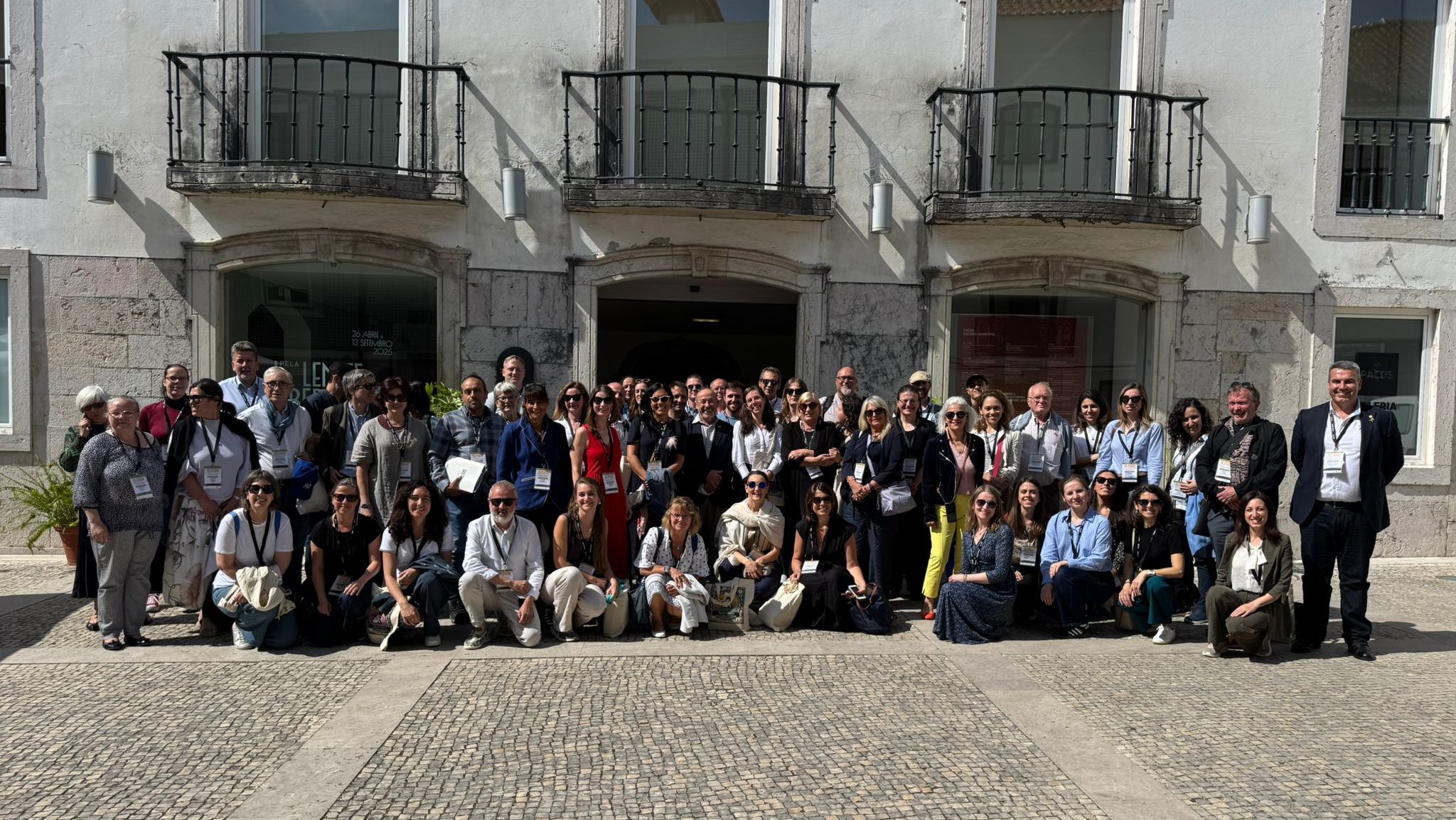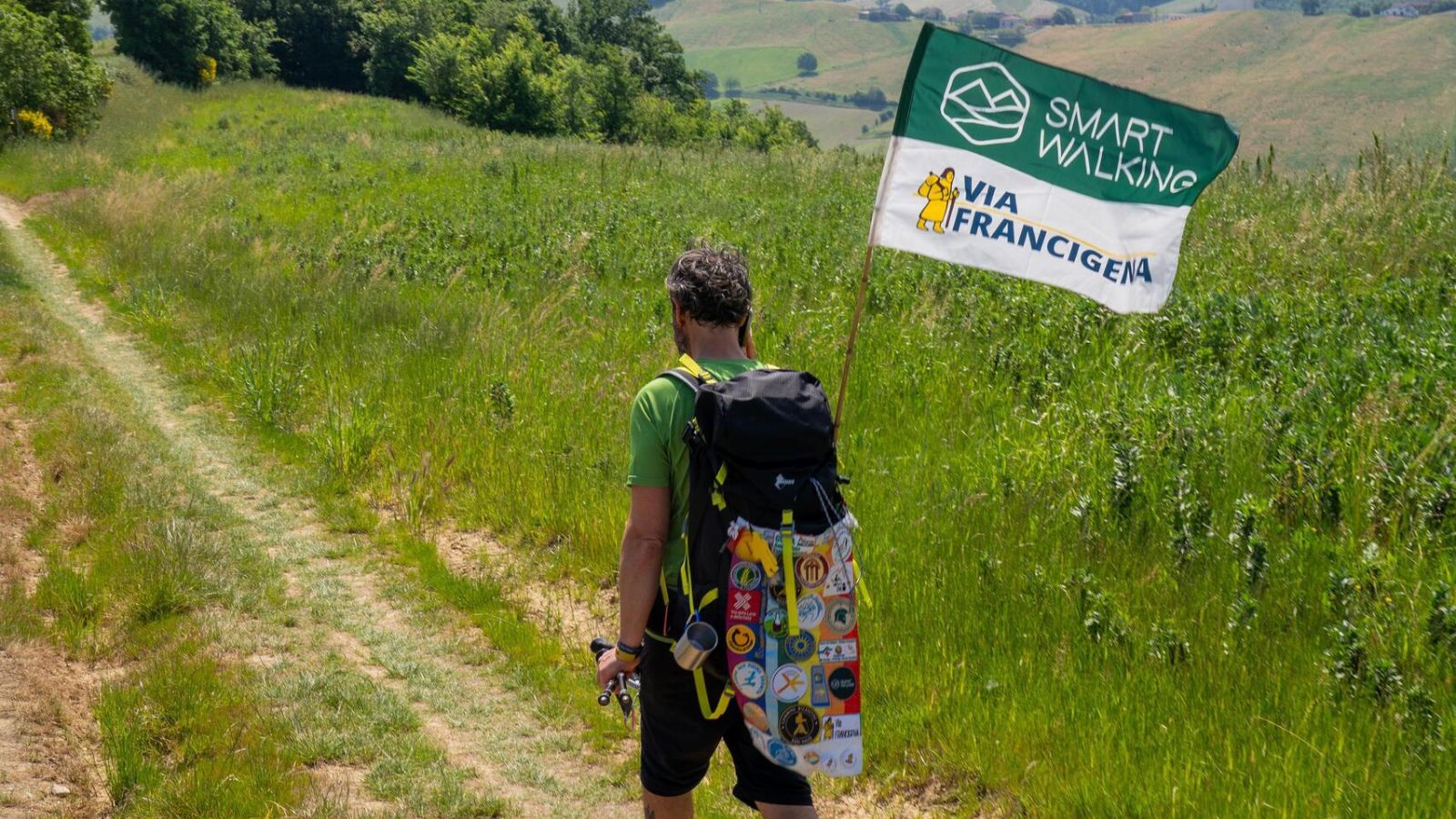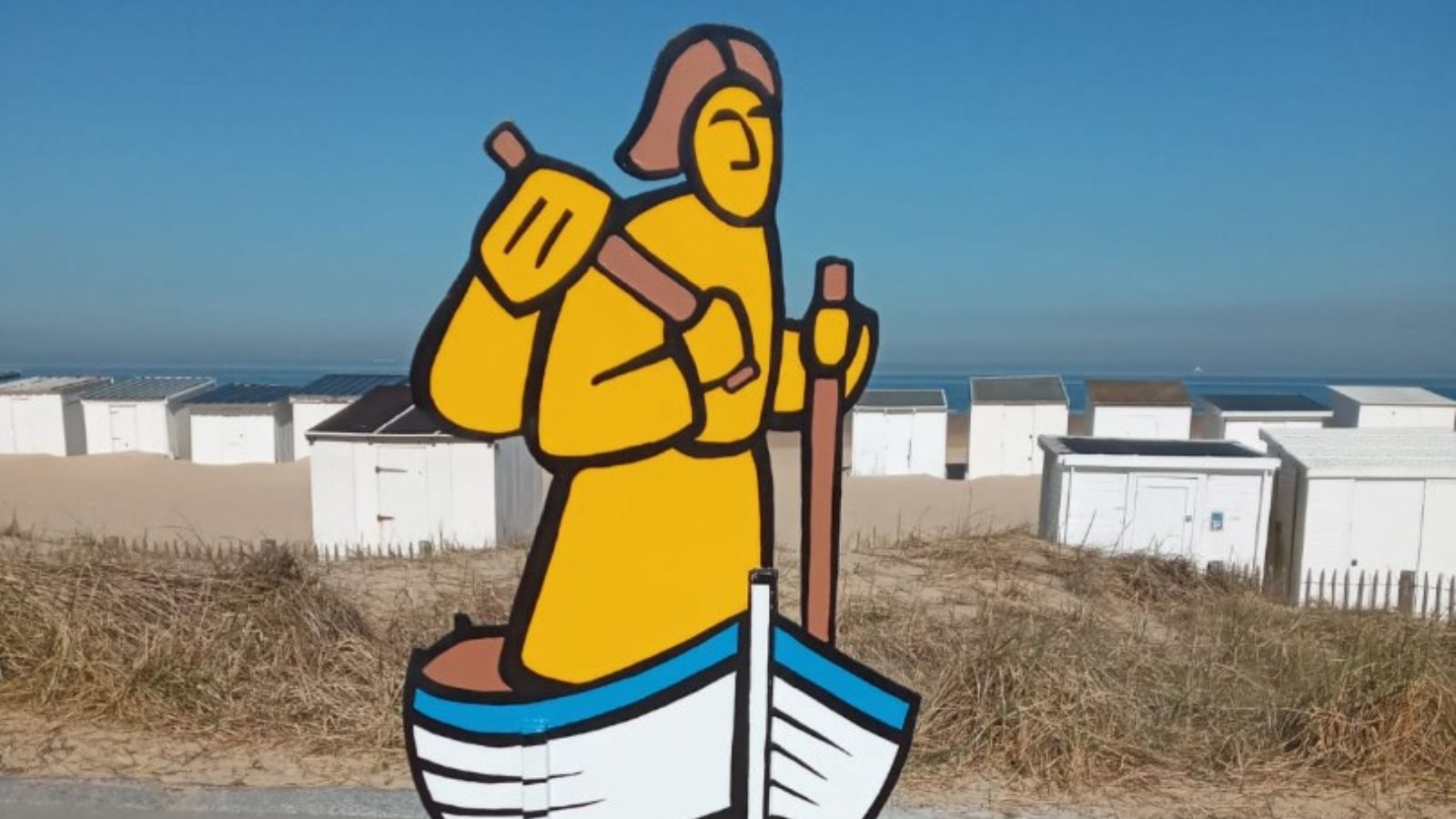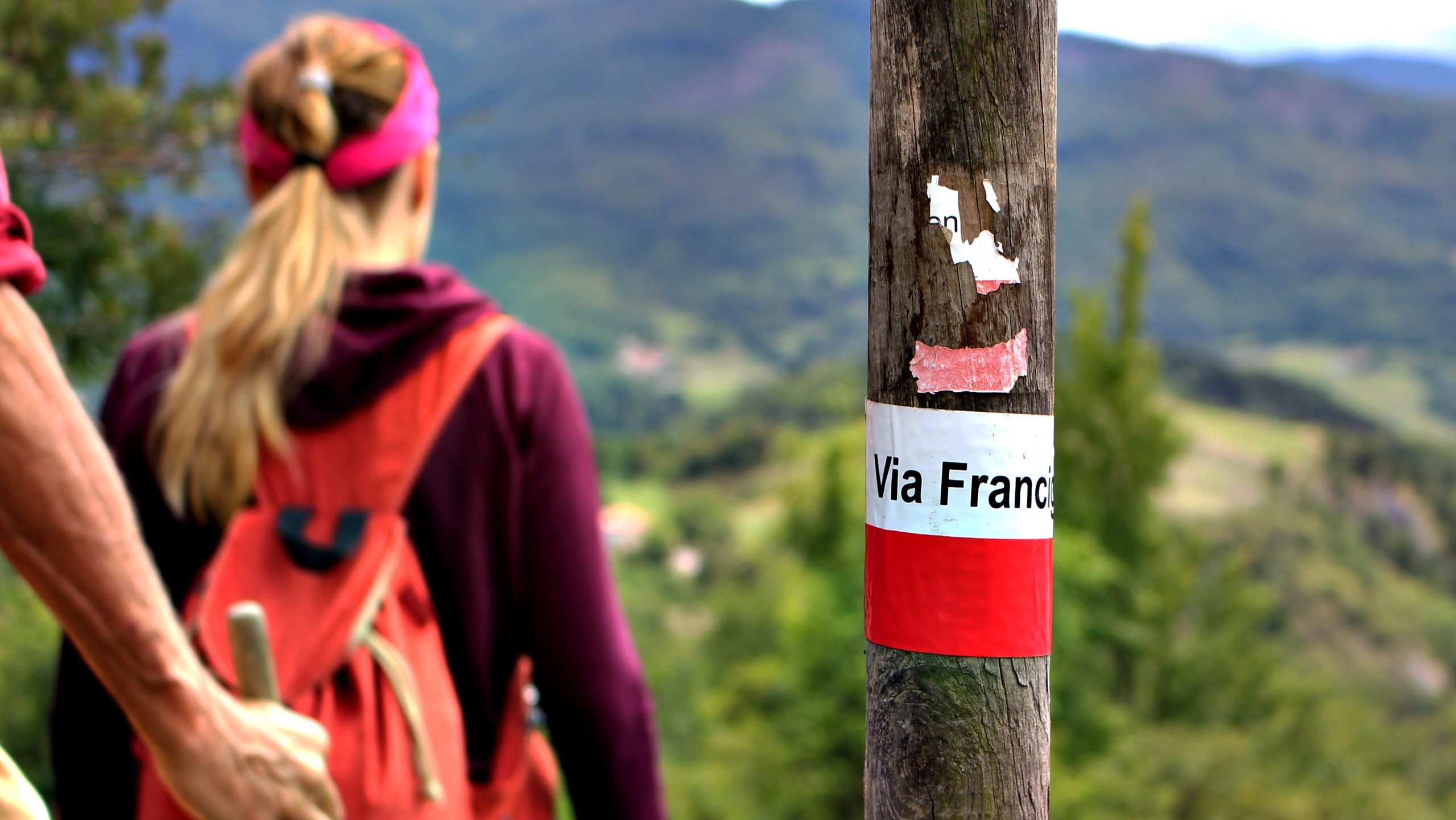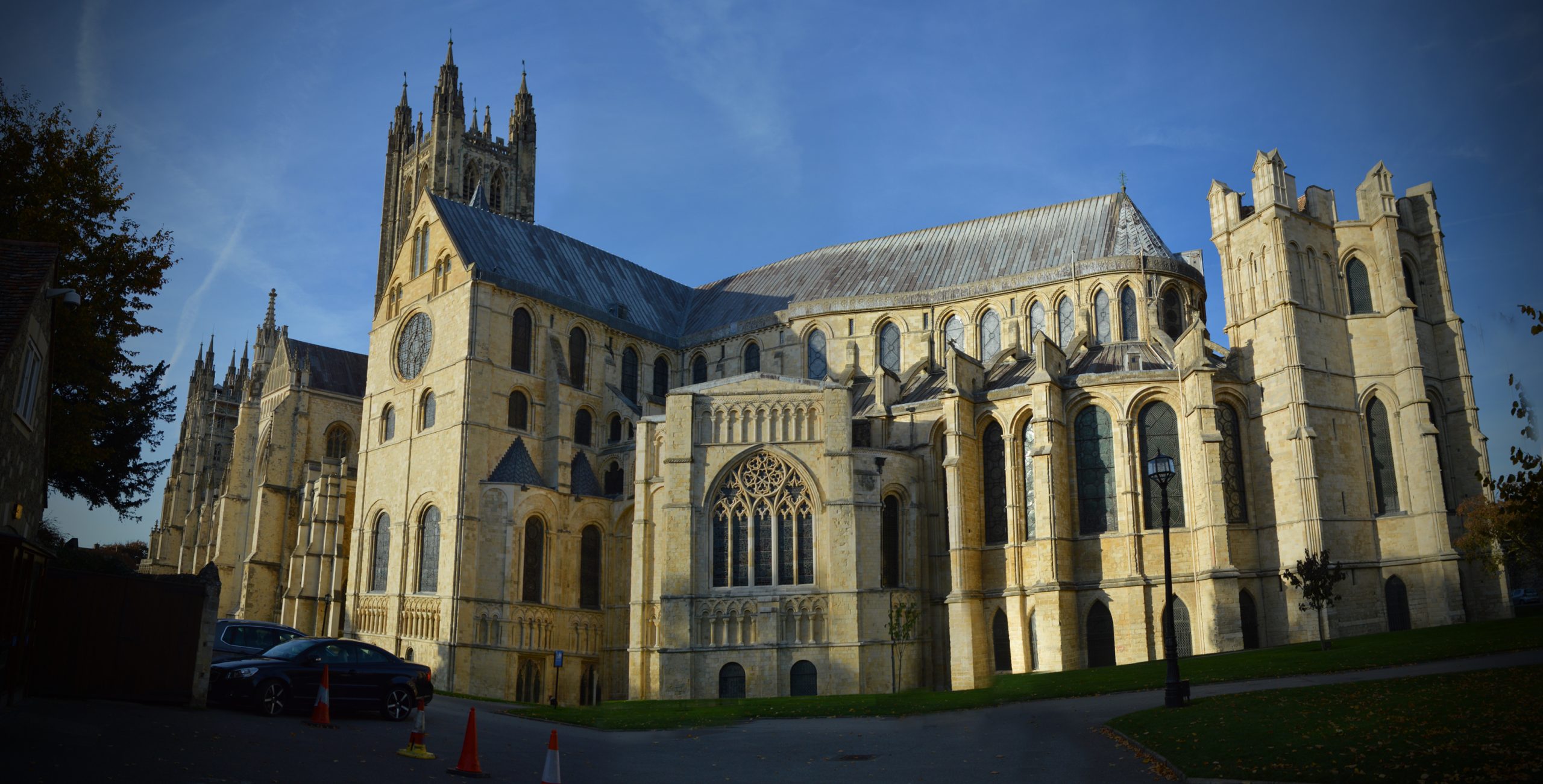A snapshot of the Via Francigena development in 2019 through a sample analysis of 2,000 EAVF pilgrim passports and rest stops. This non-exhaustive estimate provides a useful base for understanding of the route tourism trends and economic potential, hiker’s profile, travel motivations and needs. The full version of the document can be consulted and downloaded here.
2019 Via Francigena highlights:
- The Via Francigena becomes increasingly international, hosting hikers come from over 60 countries. In Europe, Italian walkers dominate the route, followed by visitors from France, Germany and Switzerland;
- Hikers from the United States of America and Canada are top visitors from the American continents. The Asian segment on the Via Francigena is dominated by China, South Korea and Japan;
- 80% walkers travel on foot; 19.7% – by bicycle, 0.3% – by horse;
- Most popular departure points: Lucca, Siena, Fidenza and Pavia in Italy; Grand Saint Bernard Pass and Lausanne in Switzerland; Canterbury in England – zero kilometre of the path;
- The Via Francigena embraces hikers of all age, ranging from 16 to 80 years old. The age group of 25-34 is ever growing;
- Pilgrim’s profile: educated, passionate about culture and nature, curious, in search of experience, gastronomy amateur;
- The Via Francigena favours territorial economic development;
- 2019 walkers estimate is 50,000 along the entire route;
- Website https://www.viefrancigene.org registered over 4 million page visits and 620,000 users;
Pilgrim Passport. Number of distribution points for the EAVF pilgrim passports has increased, thanks to collaboration of many tourism offices and local associations. It has grown from 52 to 74 distribution points along the entire route, including those in Canterbury in the UK, Paris in France, Orsières in Switzerland; Aosta, Milan and Viterbo in Italy. Along the southern section the new entries are Monte Sant’Angelo and Barletta. The distribution centres are important as they are the first contact points for pilgrims with the Via Francigena world.
Travellers’ Profile. Means of transport: 80% on foot, 19.7% by bicycle and 0.3% by horse. Hikers’ average age: 8% – 18-24 years old; 21% – 25-34 years old, 18% – 35-44 years old, 19% – 45-54 years old, 22% – 55-64 years old, 10% – over 65 years old, 2% – young people under 17. The ratio between men and women was registered as 52% men and 48% women.
Preferred Departure Months (in order of attendance): August (19%), September (16%), April (12%), October (12%). Cold months from December to January gathered over 10% of walkers.
Hikers who purchased the EAVF pilgrim passports were predominantly Italians (70%), followed by pilgrims from France, Germany, Switzerland, Spain, United Kingdom, the Netherlands, Denmark, Belgium. From American continents, tourists from the United States of America and Canada top up the list, followed by Brazil and Argentina. From the Asian segment an increase in pilgrims from China, South Korea, Japan, Australia has been significant. In total there are over 60 countries represented along the route, including Singapore, New Zealand and Taiwan.
Departure and Final Destination. Starting points of the Via Francigena in Italy are in order of attendance: the Grand Saint Bernard Pass – 17%, Lucca – 15%; Siena, Fidenza and Pavia – 6%. They are followed by Siena, Acquapendente, Viterbo. However, there are many other departure points in each of the four countries, well connected by means of transportation. In England, the symbolic departure point is Canterbury, kilometre zero of the route. In Switzerland, Lausanne is confirmed as the most popular start of the journey.
For 48% of travellers the final destination of the trip was the city of Rome and St. Peter’s Basilica in Vatican. The other intermediate destinations are primarily those of Tuscany, such as Monteriggioni, Siena, Lucca, Pontremoli; as well as Ivrea in Piedmont or Viterbo in Lazio. In view of the development of the Via Francigena in the south, other destinations such as Monte Sant’Angelo, Bari, Brindisi, Santa Maria di Leuca in Apulia have potential to become journey’s terminus.
Motivations. Spiritual motivation dominates the reasons for travel, linked to soul searching and immaterial aspect of the journey experience. It is often combined with cultural tourism. Among other motivations there is a will to share and to live a shared experience, followed by nature, sport and religion.
In some ways, the 2022 trend confirms what has already been recorded, for example the preference for walking over cycling, and the nationality of pilgrims confirming the attractiveness of the Via Francigena mainly to Italians, although interest in the route is growing both within and outside Europe. Among the motivations for embarking on the journey, there is a spiritual component for some, but the reasons are mostly linked to a preponderant desire to experience nature by practising sport and to a large extent to discover new tastes and flavours.
The experience of walking the Via Francigena is a shared journey, as many set off in groups or in couples. This is because, even for the most experienced pilgrims, living the walk together allows them to face the beauties and difficulties while sharing emotions, a factor that makes the experience truly unforgettable. Over time, groups have sprung up and grown up, also online, for the exchange of advice and information, as well as stories about journeys along the Via Francigena. In this, the All Trails app can certainly be useful, with which it is possible to exchange suggestions and reports along the routes of the walk and download maps, which can also be used offline, as well as photos of one’s journey in real time.
Travel Duration and Budget. The time spent travelling along the Via Francigena is on average 7 days. The estimate of pilgrims, wayfarers and walkers of 2019 along the entire Canterbury-Rome axis is 50,000 persons. The average expense of those who travel on foot was 50 € per day, while bicyclists spent 60 € per day. Thereby economic benefits from the route can be estimated 20 million euros per 2019.
Future challenges. In more immediate future, the primarily challenge is a matter of understanding how the Via Francigena and all its hospitality, catering and service systems will be able to react to the ongoing COVID health emergency, based on the directives from local and national authorities.
In the upcoming future the Association is to focus the attention at the communication tools and promotional campaigns with on an international scale in cooperation with national governments and regions. The Via Francigena candidacy to the UNESCO World Heritage List is another priority of the association.
The attention should also be paid to pilgrims’ hospitality and religious hostels. The EAVF will be working to raise awareness and activate the Lazio region – the “Galicia” of the Via Francigena – to take a decisive role in the Via Francigena network of paths that arrive to Rome.
Improvement of permanent route maintenance system along the entire European route is one of the strategic actions to be undertaken together with the creation of a single observatory capable of collecting and analysing pilgrims’ data.
The full version of the analyses is attached.
Fidenza, 18 April 2020
Luca Bruschi
EAVF Director



